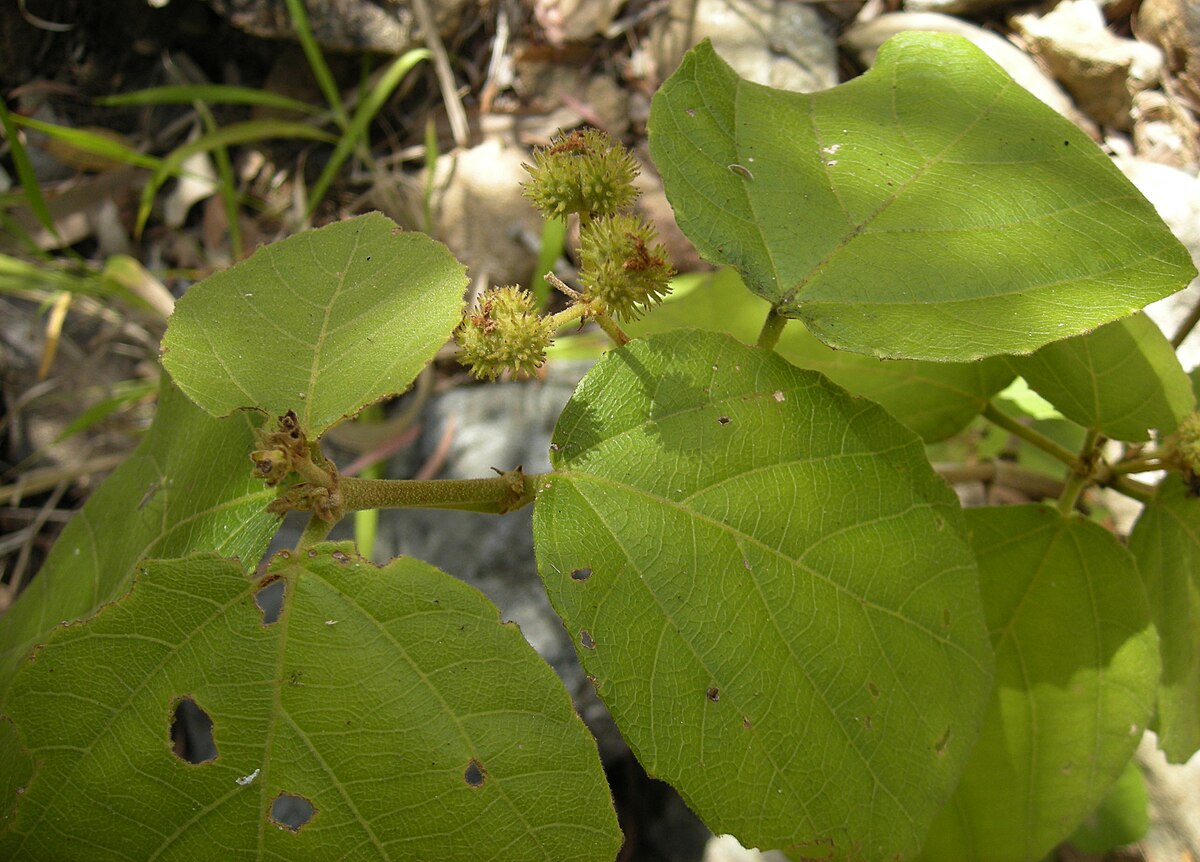Obesity poses a global crisis with wide-ranging consequences. It heightens the risk of chronic diseases, impacts mental health, and places economic strain through increased healthcare costs. Addressing childhood obesity, reducing societal stigma, and promoting healthier lifestyles emerge as crucial strategies to tackle this multifaceted problem.
Associate Professor Akiko Kojima, leading a collaborative research endeavor at Osaka Metropolitan University’s Graduate School of Human Life and Ecology, has achieved notable strides in combatting obesity. Their investigations involving mice have revealed a plant’s potential to counteract fat accumulation, shedding light on potential solutions for obesity and fatty liver disease in humans.
This discovery underscores the potential of Mallotus furetianus (MFE), a tropical plant found in parts of India and on Hainan Island in China, as a unique food ingredient with anti-obesity attributes. Traditionally consumed as “Shan Ku Cha,”. It is also considered a remedy for gallbladder inflammation caused by trapped bile, known as cholecystitis.
Battling the Bulge: How MFE Extract Suppresses Fat Synthesis
In their study, researchers utilized an obesity mouse model to verify the anti-obesity effects of MFE extract. The outcomes were remarkable, demonstrating that MFE treatment significantly decreased body weight and adipose tissue weight in obese mice. Structural alterations in the liver and adipose tissue were also evident. Further analysis revealed that MFE curbed fat synthesis by suppressing specific transcription factors involved in adipocyte differentiation.
Lead researcher Akiko Kojima from the Graduate School of Human Life and Ecology at OMU explained, “Our research group aims to identify food ingredients with anti-obesity effects, with the goal of integrating them into our daily diets to enhance health and longevity. These results not only establish a link between Mallotus furetianus extract and anti-obesity effects but also highlight its potential as a novel food ingredient with anti-obesity properties.”
The study has been published in the journal Food and Science Nutrition.







